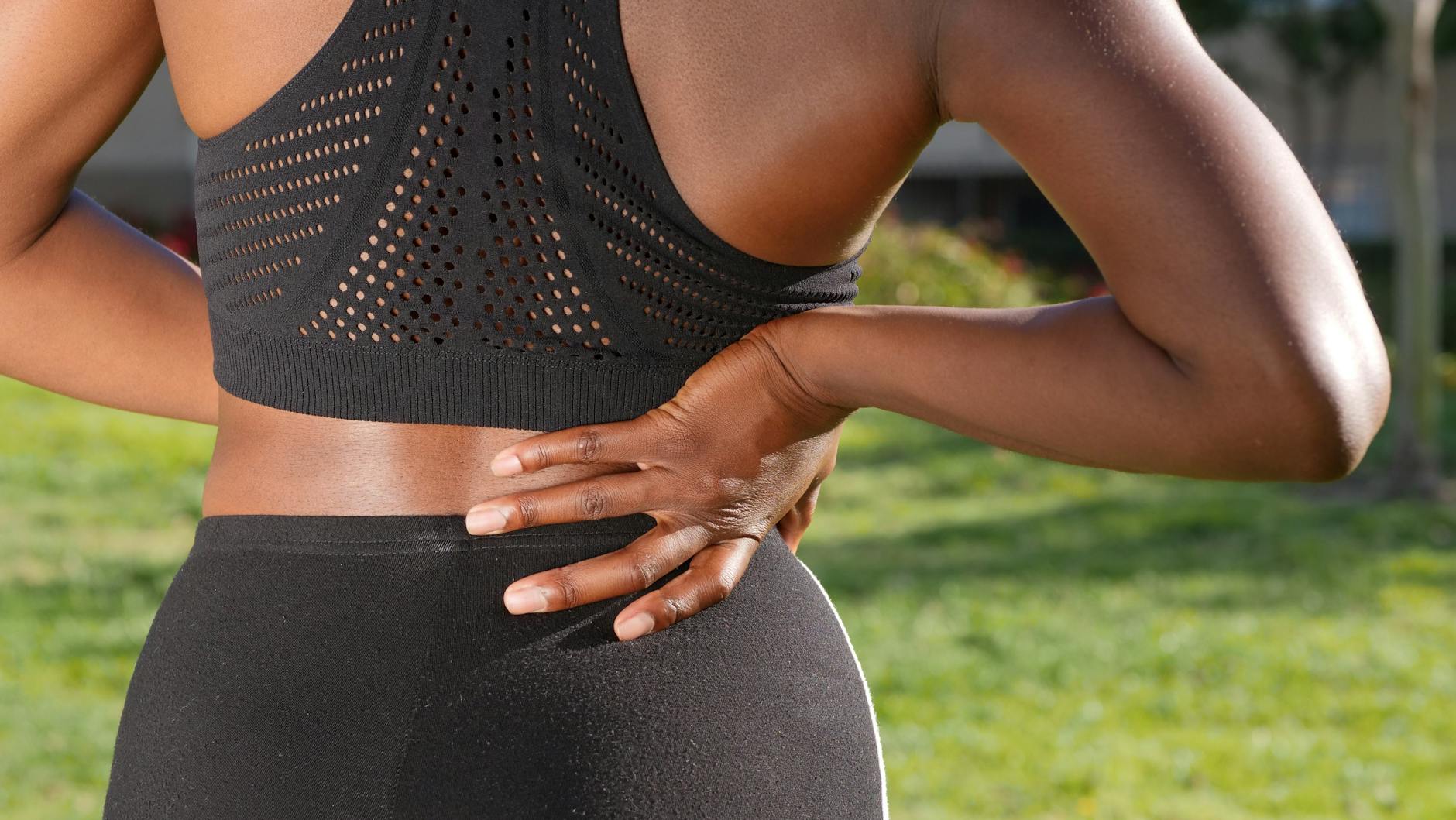Beyond the Ice Pack: Holistic Approaches to Treating Sports Injuries
You ice it, elevate it, and tell yourself it just needs a couple of days. Sound familiar? Most people treat a sports injury like a minor inconvenience, expecting it to heal on its own. But if the soreness lingers or your movement feels off, it might be more than a temporary strain.
In a state like New Jersey, where weekend races, rec leagues, and active lifestyles are the norm, these injuries show up more often than you’d think. That’s why local clinics are shifting toward care that treats the full picture, not just the symptom.
Whether you’re a regular at the gym or just twisted something walking the dog, this article covers how a more complete recovery plan can help you heal smarter and get back to what you love.
Getting Professional Help Early Matters
Not every sports injury starts with a loud pop or sharp pain. Often, it begins with a dull ache or a slight discomfort you notice only during specific movements. Because they are minor, people ignore these early signs, assuming they will go away on their own. But small issues can quickly turn into more serious problems if left untreated.
Getting a thorough evaluation early on can make a major difference. It helps you understand exactly what is happening beneath the surface, whether it is a muscle imbalance, joint instability, or poor movement mechanics.
In states like New Jersey, where athletic programs and active lifestyles are common, access to comprehensive care plays a big role in how well people recover. Clinics that specialize in sports medicine in New Jersey often combine diagnostic tools with hands-on assessments to identify the underlying cause of an injury. They also guide patients through tailored recovery plans that blend physical therapy, performance rehab, and long-term injury prevention all under one roof.
Movement Is Medicine
When you are injured, it can feel right or at least necessary to rest for several days. But don’t let that stretch into weeks of nothing. Muscles weaken, joints stiffen, and you may get into the habit of wondering whether you can move that part of your body once more, or you should just avoid doing so.
Small, controlled movements are often where a physical therapist will begin. The point is to ease back into motion to avoid causing further injury. In time, these movements build strength, enhance balance, and help you trust your body once more.
Even simple stretches or the use of a resistance band can spark the healing process. Movement also promotes better blood circulation, which brings nutrients to the injured area. The key is even, not overwhelming, pressure for your body to rebuild.
Food That Heals
Nutrition is not always top of mind when you are nursing a sore ankle or recovering from a muscle tear, but what you eat plays a big role in how quickly you heal. Proteins help with tissue repair, and anti-inflammatory foods like leafy greens and fatty fish ease swelling. Staying hydrated helps transport nutrients where they are needed most.
You do not need an extreme diet. Just consistent, supportive meals that keep your body ready to rebuild. A few smart food choices each day can make your recovery smoother and more predictable. Avoiding excess sugar and processed foods also helps reduce unnecessary inflammation.
Sleep Is Your Secret Weapon
Your body repairs while you sleep. That is when hormones are released to rebuild muscle, manage inflammation, and strengthen your immune system. Cutting corners on rest, even by just an hour or two, can set you back more than you might think.
Alongside good sleep, tools like compression gear or contrast water therapy can support healing between workouts. Try sticking to a regular bedtime, especially during recovery. A well-rested body is more responsive to treatment and less likely to re-injure itself..
Don’t Rush Back In
Feeling better does not always mean you are ready to jump back into full activity. One of the biggest mistakes people make is rushing the return. It is easy to re-injure something that is still healing underneath.
A smart transition includes sport-specific training, stability work, and ongoing check-ins to assess your body’s ability to handle the workload. Your comeback should be planned, not reactive. Use this time to improve areas that were weak before the injury. Getting back into action too fast may undo weeks of steady progress.
Concluding Thoughts
Sports injuries happen. But recovery does not have to feel like a setback. When you treat the whole body and not just the painful area, you give yourself a better chance at coming back stronger, more balanced, and more prepared than before. The best results come from a well-rounded approach. That means movement, rest, support, and time. Take it seriously, stay patient, and your body will thank you for years to come. Whether you are a weekend runner or a serious athlete, treating recovery with care is what helps you stay in the game longer. Every small decision counts, and what you do after the injury often shapes how well and how fast you bounce back.


Leave a Reply
You must be logged in to post a comment.